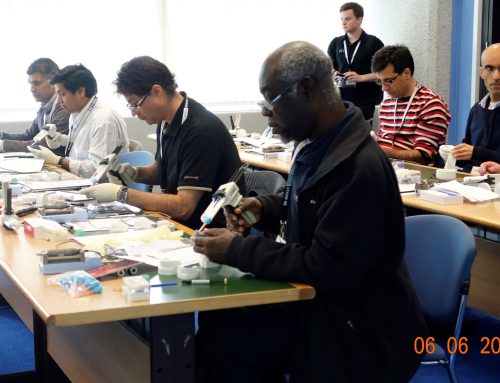In today’s fast-paced and increasingly demanding business environment, the health and well-being of employees can sometimes be overlooked. Yet, it is the cornerstone of any successful and sustainable business practice.
The strength and productivity of a team depend not just on the collective skills and efforts of its members, but critically, on the well-being of each individual. As leaders, our responsibility transcends traditional boundaries of management and strategy to include the nurturing of a supportive, motivational, and healthy work environment.
Understanding Burnout and its Impact

Burnout is a state of emotional, physical, and mental exhaustion caused by excessive and prolonged stress. It occurs when one feels overwhelmed, emotionally drained, and unable to meet constant demands. As the stress continues, the interest and motivation that led one to take on a certain role in the first place diminish. Burnout reduces productivity and saps energy, leaving individuals feeling increasingly helpless, hopeless, cynical, and resentful. Eventually, the individual may feel like they have nothing more to give.
The most insidious aspect of burnout is that it not only affects the individual but also the team’s morale, productivity, and ultimately, the organization’s bottom line.
Recognizing and addressing signs of burnout is not merely an act of empathy; it is a strategic imperative for leaders committed to fostering a thriving workplace culture.
A Comprehensive Strategy to Combat Burnout
The fight against burnout is multifaceted, requiring a comprehensive strategy that addresses the various dimensions of an employee’s work life. Here are several pillars upon which such a strategy can be built:
- Foster Open Communication: Creating an environment where team members feel safe to express their concerns and challenges is foundational. Leaders should encourage open dialogue, ensuring that team members know their voices are heard and valued.
- Validate Their Experiences: It is crucial for leaders to acknowledge the pressures and challenges their teams face. Validation is a powerful motivator and can significantly enhance an individual’s sense of worth and belonging.
- Equip Your Team: Providing resources such as access to mental health professionals, wellness programs, and stress management workshops equips team members with the tools they need to handle stress and prevent burnout.
- Balance the Scales: Regularly re-evaluating workloads and responsibilities ensures that they are fair and manageable. It’s important for leaders to be adaptive and flexible, redistributing tasks as necessary to prevent overwhelm.
- Champion Work-Life Harmony: Advocating for policies that support a healthy balance between work and personal life is essential. This could include flexible working hours, remote work options, and encouraging the use of vacation days.
- Create a Positive Culture: The work environment should be one of recognition, respect, and positivity. A culture that nurtures engagement and satisfaction is more resilient to the stresses that lead to burnout.
- Model Healthy Habits: Leaders should lead by example, demonstrating the behaviors and practices that contribute to well-being. This includes managing one’s own stress in healthy ways and setting boundaries between work and personal time.
- Encourage Growth and Learning: Opportunities for professional development and personal growth can reinvigorate team members’ passion and commitment to their roles. Engagement and satisfaction are heightened when individuals see a clear path for advancement and learning.
- Set Realistic and Shared Goals: Collaboratively setting achievable goals with your team fosters a sense of ownership and commitment. Celebrating milestones, no matter how small, can boost morale and encourage continued effort and collaboration.
- Iterate Based on Feedback: An effective strategy against burnout is one that evolves based on the feedback of those it is meant to support. Leaders should actively seek and incorporate feedback to continuously improve the work environment and well-being of their team.
The Path Forward

As leaders, our practice and our team’s output will only be as strong as our most challenged member. Providing comprehensive support that addresses the emotional, physical, and psychological needs of every team member is not just an act of leadership—it reflects the core values of our organization and lays the groundwork for its success.
Let us commit to making our workplaces havens of support, creativity, and well-being. By taking proactive steps to prevent burnout, we not only enhance the lives of our employees but also set our organizations on a path to sustainable success and growth. Together, we can create a work environment where every individual is empowered to perform to their highest potential, where success is shared, and every challenge is met with resilience and unwavering support.
Get in touch with us for effective strategies to prevent team burnout in your dental practice.



